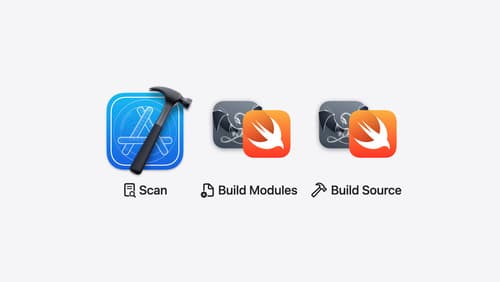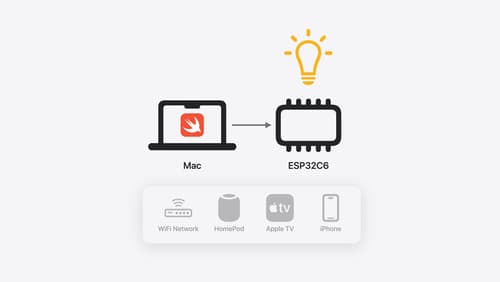What is static linking
Asked on 2024-11-07
1 search
Static linking refers to the process of including all necessary library code directly into the executable at compile time. This means that the resulting binary contains all the code it needs to run, without requiring external libraries to be present on the system where it is executed. This can be particularly useful in environments where you want to ensure that your application has all its dependencies bundled together, such as when deploying to a system that may not have the required libraries installed.
In the context of WWDC, static linking was mentioned in the session titled "What’s new in Swift" where a fully static Linux SDK for Swift was introduced. This SDK allows developers to cross-compile from macOS to Linux, producing statically linked binaries that can run on any Linux machine without needing additional packages. This is particularly useful for deploying applications to environments where you want to minimize external dependencies.
For more details, you can refer to the session What’s new in Swift (07:37).

Demystify explicitly built modules
Explore how builds are changing in Xcode 16 with explicitly built modules. Discover how modules are used to build your code, how explicitly built modules improve transparency in compilation tasks, and how you can optimize your build by sharing modules across targets.

Go small with Embedded Swift
Embedded Swift brings the safety and expressivity of Swift to constrained environments. Explore how Embedded Swift runs on a variety of microcontrollers through a demonstration using an off-the-shelf Matter device. Learn how the Embedded Swift subset packs the benefits of Swift into a tiny footprint with no runtime, and discover plenty of resources to start your own Embedded Swift adventure.

Explore Swift performance
Discover how Swift balances abstraction and performance. Learn what elements of performance to consider and how the Swift optimizer affects them. Explore the different features of Swift and how they’re implemented to further understand the tradeoffs available that can impact performance.
